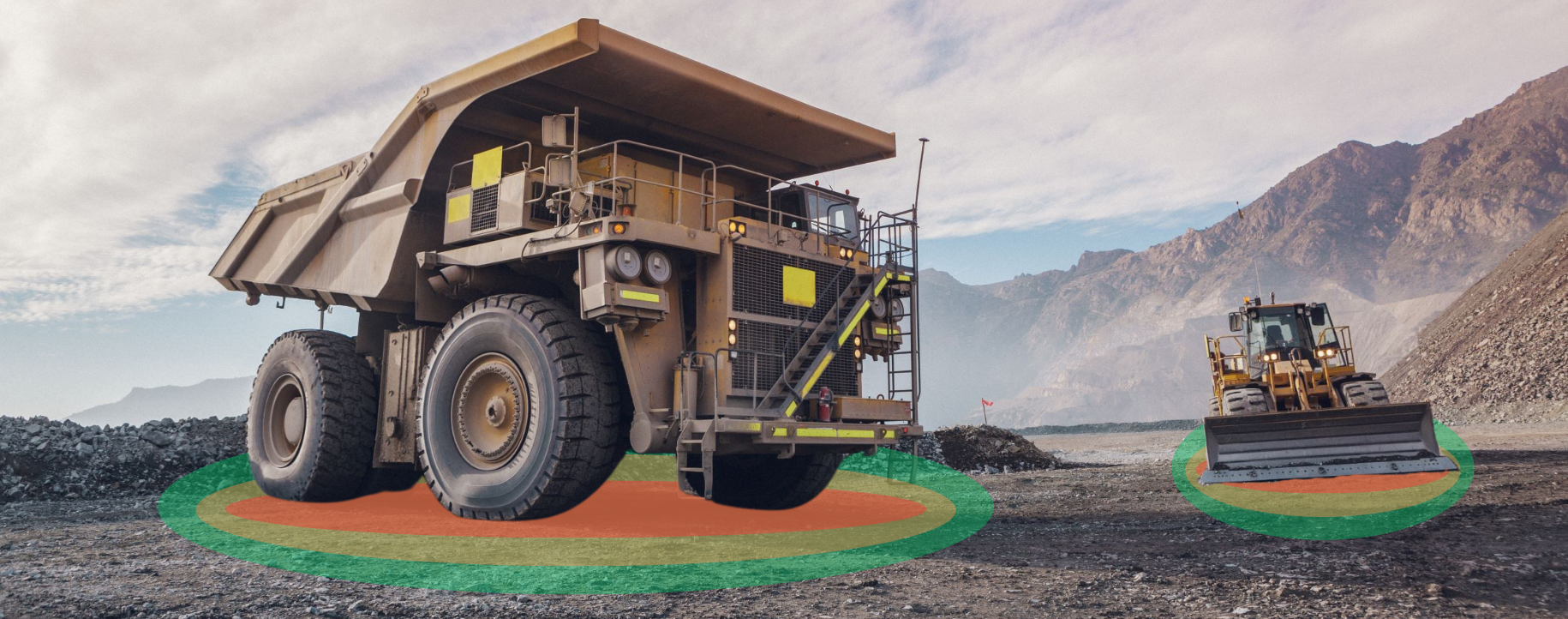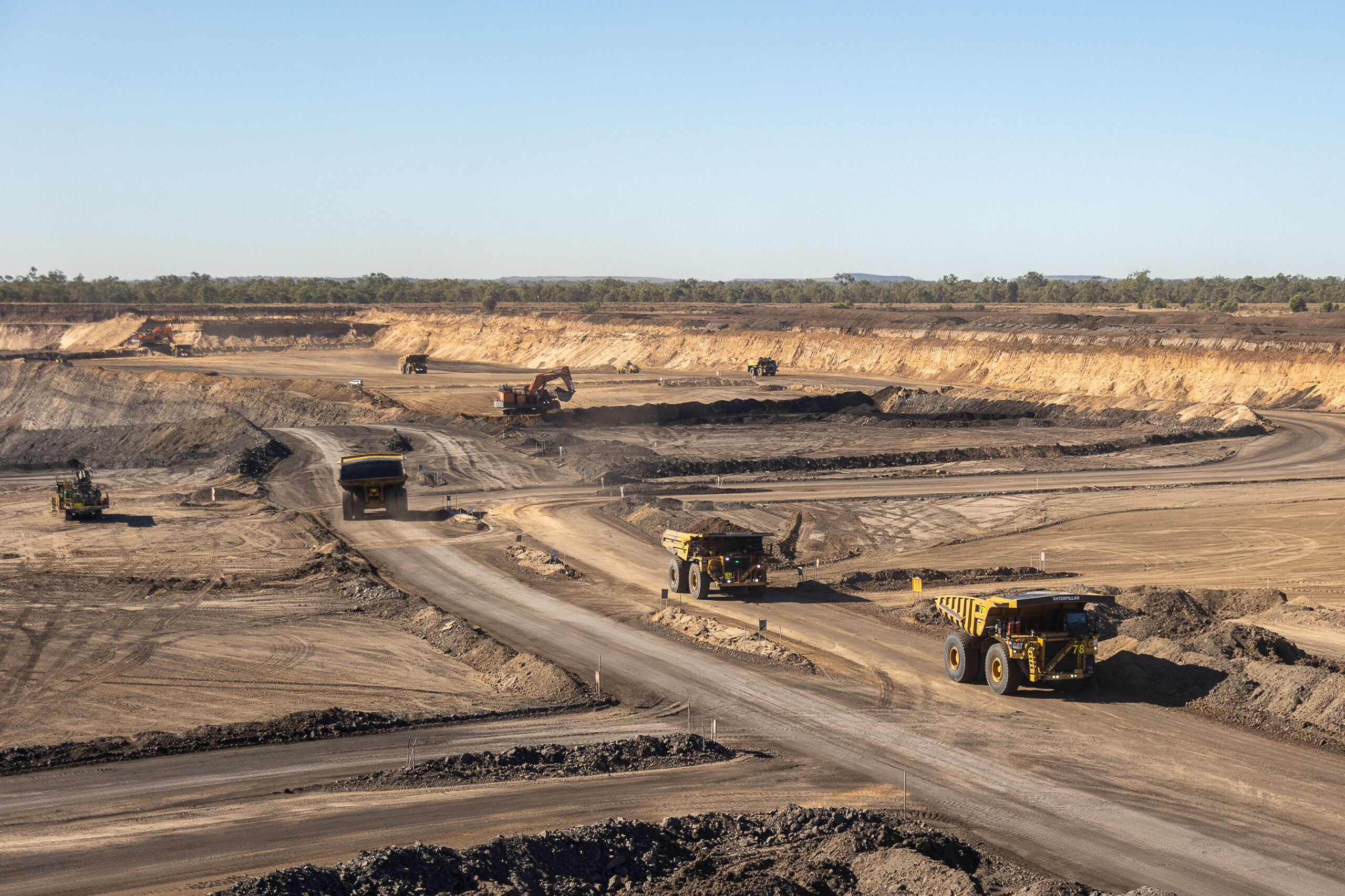Optimising Your Mining Operation: A Guide to Successfully Implementing Autonomous Trucks
Optimising Your Mining Operation: A Guide to Successfully Implementing Autonomous Trucks
The surface mining industry is rapidly embracing autonomous technology, with autonomous haulage trucks revolutionizing haulage operations. As mining operators seek to optimize their operations for enhanced safety, increased productivity, and cost-efficiency, the successful implementation of autonomous haulage trucks becomes crucial. However, achieving successful automation in the mining environment, inherent changes are required to the mining processes, people and operating philosophies/mind-set (culture). Without a greater alignment of people and supporting processes with the technology, the benefits of automation can, and in most cases will, be compromised.
In this comprehensive guide, we will explore the key steps and considerations to successfully implement autonomous haulage trucks in your mining operation, allowing you to unlock their full potential.
What are autonomous mining trucks or autonomous haulage systems?
Autonomous mining trucks are vehicles designed for hauling operations in the mining industry that operate without human intervention. These trucks utilize advanced technologies, such as artificial intelligence, machine learning, and sensors, to navigate and perform their tasks autonomously. They are equipped with a range of sensors, including GPS, LiDAR, radar, and cameras to perceive their surroundings, detect obstacles, and make informed decisions.
Autonomous mining trucks are typically part of a larger Autonomous Haulage System (AHS), which includes a central control system, communication infrastructure, and other supporting technologies. The central control system manages and coordinates the fleet of autonomous trucks, optimizing their routes, speed, and loading/unloading processes to maximize efficiency.
These trucks are specifically designed to handle the demanding conditions of mining operations, including rough terrains, extreme weather, and heavy loads. They are built with robust construction, advanced suspension systems, and large-capacity beds to withstand the rigors of the mining environment.
Transitioning to autonomous trucks represents a significant opportunity for mining companies to enhance safety, productivity, and profitability as well as optimize their operations and stay ahead in an increasingly competitive industry.
How To Successfully Implement Autonomous Trucks In Your Mining Operation
In order to successfully implement autonomous trucks, process and people/organisational orientated changes are required. Without these changes the efficacy of the autonomous haulage system will not be fully realised. Additionally process discipline is extremely important from a safety and productivity point of view. Without this discipline not only is there a probability that the AHS (Autonomous Haulage System) solution may be less productive than a manned fleet but there is potential of severe safety incidents occurring. To get the most from an autonomous haul fleet, mines need to carefully consider every aspect of system implementation and prepare their workforce for significant change.
Key considerations to successfully implement autonomous trucks in your mining operation:
1. Evaluate Readiness
Before embarking on the transition to autonomous trucks, it is crucial to assess your mining operation’s readiness for such a significant change. Evaluate factors such as existing infrastructure, workforce capabilities, and technology compatibility. This evaluation will help identify any gaps or areas that require attention before implementing Autonomous Haulage Systems.
2. Develop a Comprehensive Transition Plan
A well-defined transition plan is essential for a smooth integration of autonomous trucks into your mining operation. Outline the key milestones, timelines, and resources needed to execute the transition successfully. Consider factors such as budget allocation, Autonomous Haulage System training programs, and phased implementation to minimize disruptions and maximize efficiency.
3. Select the Right Technology and Partners
Choosing the appropriate autonomous truck technology and reliable deployment partner is critical to the success of your transition. Look for partners who align with your operational requirements and can provide ongoing support and coaching during and after the implementation process.
4. Establish Robust Communication Infrastructure
From a technology perspective a wireless communication network is the most critical aspect needed to ensure that the AHS system will function. Each entity operating in the Autonomous Haulage System area needs to have communication back to the central supervisory system at all times. Failure to have a robust wireless communication network will cause reduced system performance (including trucks) in areas of poor radio coverage. This will have a direct relationship to the operational productivity of the autonomous trucks. Therefore, it is critical that the radio communication network is well planned, progresses with in line with pit development and its performance continually monitored.
5. Ensure a Change Management
The introduction of Autonomous Haulage System brings significant changes to the operational environment and methodology that has remained largely unchanged for generations. It requires a significant cultural shift. Redefine workflows, processes, and job roles to optimize the integration of autonomous technology, ensuring seamless collaboration between humans and machines. Foster a culture of continuous improvement, enabling operational staff to provide feedback and contribute to refining and optimizing system performance. Learn more about Change Management here.
6. Prioritize Workforce Training and Engagement
With the integration of autonomous trucks, the role of the workforce will evolve. It requires an increase in the number of technical roles and an up-skilling of the current operations personnel require to operate vehicles within an autonomous area.
It is vital to prioritize comprehensive training programs that empower employees to adapt and thrive in this new technological landscape. Involve the workforce in the transition process, offer training, address their concerns, and emphasize the benefits of autonomous trucks in enhancing their safety and job satisfaction.
7. Embrace Data Analytics and Predictive Maintenance
Autonomous trucks generate a vast amount of data that can provide valuable insights into operational performance and maintenance needs. Implement robust data analytics tools to monitor and optimize vehicle performance, fuel consumption, route optimization, and more. Utilize predictive maintenance techniques to proactively address potential issues, minimizing downtime and maximizing fleet availability.
8. Monitor and Continuously Improve
The transition to autonomous trucks is not a one-time event but an ongoing journey of continuous improvement. Establish a system for monitoring key performance indicators (KPIs) and regularly assess the impact of autonomous operations on productivity, safety, and cost-effectiveness. Use this data-driven approach to identify areas for further optimization and implement targeted improvements to enhance overall operational efficiency.
The successful introduction of Autonomous Haulage System needs to be a staged approach with KPIs and steady states achieved prior to progressing to the next phase. Rather than a “big bang” approach, operations need to start from a shell operation and build out to a full site wide deployment. The use of an initial single loading unit starter pit and building out through successive phases as loading units are added is the recommended approach. Each incremental phase is characterised by the addition of a loading unit serviced by autonomous trucks and manned ancillary vehicles (water cart, grader, dozer amongst others). The reason for implementing AHS in multiple phases is adequate time for training and skills development of personnel working in the autonomous environment must be factored in. The training and skill development being a critical success factor as identified above.
Haultrax AHS Experience
The success of a mining equipment automation project depends on the right implementation strategies, commitment, and vision of the organization.
At Haultrax, we are committed to guiding our clients through every step of the process, leveraging our expertise and experience to facilitate successful Autonomous Haulage System implementation.
For over a decade, we have been at the forefront of AHS operations, executing deployments and conducting feasibility studies for clients worldwide. Our holistic approach emphasizes the significance of people and cultural change. We prioritize organizational transformation, engagement, training, and culture to drive sustainable change.
Effective engagement of all stakeholders is vital. We ensure that everyone is included and informed, reinforcing the shared goal, vision, and definition of success. This extends beyond operational levels, encompassing the entire organization, local communities, and external stakeholders.
While deploying AHS is often seen as a technology change, we understand that it is a comprehensive business project. It requires modifications to multiple facets of the operating model to achieve lasting transformation.
Discuss your AHS requirements today with one of our experienced consultants.


